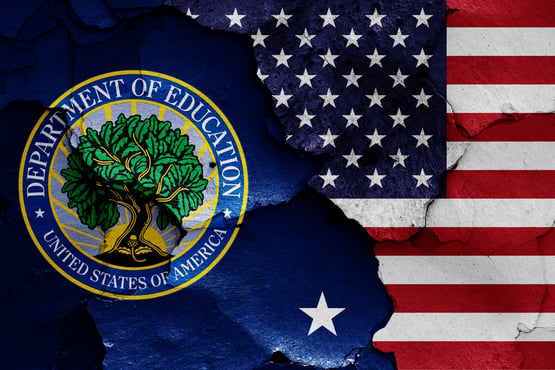Higher education institutions are currently facing unique circumstances due to the coronavirus (COVID-19) pandemic. Many questions have been swirling around how to ensure compliance with the Clery Act. The United States Department of Education has now released updated guidance in accordance with the lawful declaration of the national emergency.
What is the Clery Act?
The Jeanne Clery Disclosure of Campus Security Policy and Campus Crime Statistics Act (Clery Act) is the federal law which requires campuses to issue immediate alerts about any emergency situation that is a threat to the health or safety of students and employees. The US Department of Education recently issued new guidance regarding how higher education institutions can meet the requirements of the Clery Act as it relates to their pandemic communications.
What is the New Guidance Regarding Pandemic Communications and the Clery Act?
While the Clery Act requires institutions to notify the campus community when a significant emergency or dangerous situation occurs, the Department of Education will not require ongoing updates on COVID-19 or proactive identification of positive coronavirus cases. Additionally, it does not apply to positive cases among students and employees who aren't attending classes or on-campus.
Higher education institutions will satisfy the Clery Act requirements as it relates to pandemic communications by:
- Providing students and employees with a single notification through its emergency notification system informing them of the coronavirus and safety precautions, as well as suggesting they review the information provided by health care providers, state authorities, and the Centers for Disease Control and Prevention (CDC)
- Adding a banner at the top of the college or university website with the information above, a statement about the pandemic, and a link to the CDC

What Does the New Clery Act Guidance Mean for You?
Adhering to the updated guidance from the Department of Education will promote campus safety while the coronavirus remains an ongoing threat. Our recent blog post, "Top 3 Pandemic Communications Templates," provides a general emergency alert message template. The template can be used as a starting point for your pandemic communications.
The Department of Education guidance states that, "institutions may provide adequate follow-up information to the community as needed." This may include any significant change in the situation or the conclusion of the crisis. Even though most colleges and universities have now made all classes virtual, many essential employees and some students are still on campus. The regulations provide that an institution may "determine the appropriate segment or segments of the campus community to receive a notification" in addition to the required "single notification" outlined above. The previously mentioned blog post includes templates for closures and re-openings should you decide to plan for continued notifications during and after the coronavirus crisis. The templates will also help you prepare for future critical events and incidents.
If you haven't already added a banner to the top of your homepage informing students and employees of the coronavirus and safety precautions, you may be able to do so using your emergency notification system. For instance, Omnilert enables you to add a web widget on your website to keep stakeholders abreast of the latest pandemic communications.
The Department of Education is recommending that higher education institutions document any and all actions taken as a result of the COVID-19 pandemic in their records. You may want to consider alert and notification systems that store information on a secure cloud. It will eliminate the time and expenses associated with software patches, upgrades, back-ups, security audits, virus scanning, firewall configuration, etc. Regarding the distribution of the annual campus security report, fire safety report, and equity in athletics disclosures, the Department of Education will provide additional guidance as it continues to monitor the emergency situation and may possibly provide deadline extensions.
Additional Resources
While not required, the Department of Education suggests in its guidance that higher education institutions review FERPA and Virtual Learning Related Resources and related materials from the Student Privacy Policy Office (SPPO). The resources include toolkits, letters, and Q&A on information security best practices and the use of virtual learning tools. The SPPO also put out an FAQ on the health or safety emergency exception under FERPA.
Conclusion
Given the current global pandemic emergency situation, the US Department of Education released new guidance related to compliance with the Clery Act. The guidance requires higher education institutions to provide students and employees with at least one notification informing them of the coronavirus and safety precautions. It also requires a banner to be added at the top of the university or college homepage with the above information and a link to the CDC. The guidance states that institutions may provide adequate follow up as needed. The Department of Education suggests documentation of all pandemic communications.
Click here to read the Definitive Guide to Pandemic Communications


